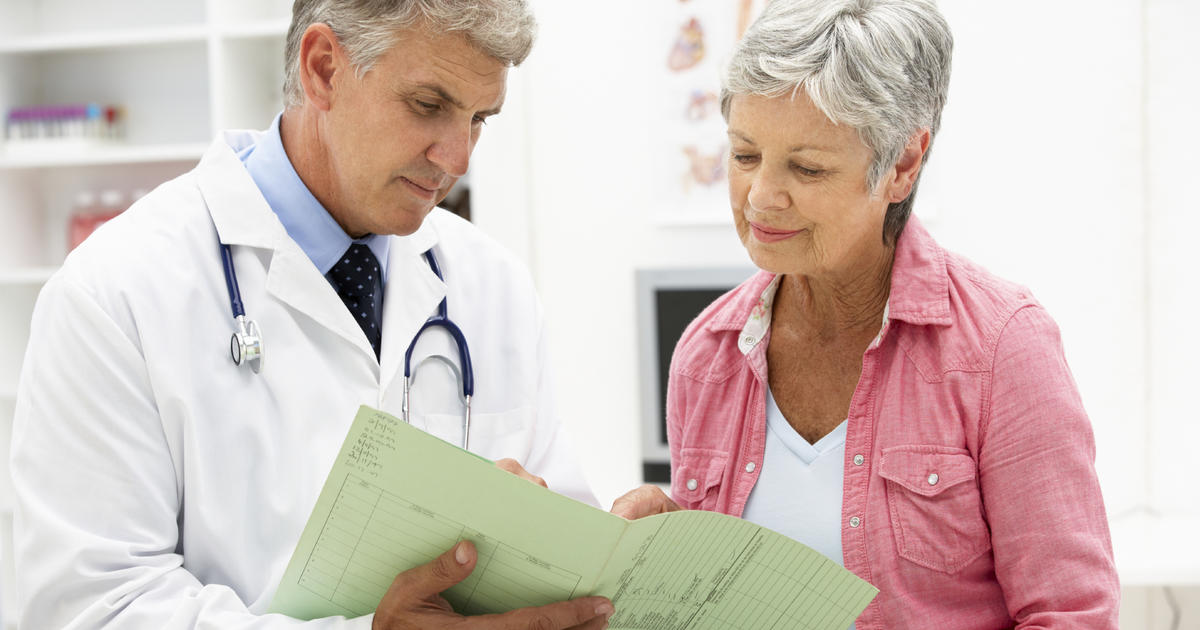Risk Factors And Complications Linked To Morphea
Morphea is the name for a skin condition that leads to one patch or multiple patches of hardened or discolored skin on the feet, torso, hands, neck, or face. This condition is rare enough that it affects fewer than three out of every 100,000 individuals. The majority of morphea cases resolve by themselves, but some patients do experience relapses. No internal organs are involved since the condition primarily affects the skin.
Severe forms of morphea can cause cosmetic deformities, and rare cases can affect a patient's skeleton, joints, or muscle. The hallmark sign of morphea is discolored and thick patches of skin in an oval shape. While the patch tends to be reddish, the outer edge might be lilac-colored, and toward the center of the lesion, the color gradually turns to yellow or white.
Age And Gender

The exact cause behind morphea is not currently known, though certain risk factors can increase an individual's chances of developing it. The condition occurs more commonly in women, though there are men who have developed morphea. Both adults and children can develop morphea. When children develop the condition, it tends to be diagnosed in those between two and fourteen years old. In adulthood, morphea usually develops in adults between fifty and sixty years old. Some adults might develop the condition when they're in their mid-forties, and it might persist into their fifties.
Studies indicate morphea is more likely to develop in individuals with European ancestry. Individuals experiencing symptoms of morphea should talk to their doctor, who will probably refer them to a dermatologist, a doctor who specializes in skin diseases. The dermatologist will go over the patient's medical history and risk factors when making a diagnosis.
Impaired Movement

Morphea doesn't involve the internal organs, but it can involve muscles, bones, and joints. When the condition affects an individual's legs or arms, it might impair their joint mobility. Plaque morphea, the most common kind, might cause joint issues if it develops over the joints. The hardening of the skin makes it difficult for the joint to use its full range of motion. Generalized plaque morphea is another type of morphea that can affect the joints, as it can penetrate below the skin to affect the muscle and bone. Pansclerotic morphea, which requires the most aggressive treatment, is a rapidly progressing kind of morphea involving multiple plaques.
Left untreated, it can cover the entire body aside from the hands and feet, which can cause serious joint involvement when the skin hardens over joints. The most common type of morphea in school-age children is linear. With linear morphea, there's just a single band of discolored and thickened skin. It usually runs down a leg or arm, causing mobility issues, though it can sometimes extend down the forehead.
Issues With Self-Esteem

Some people experience issues with self-esteem. These can be particularly damaging for school-aged children diagnosed with morphea. Struggles with self-esteem are more likely when the patches appear in visible places like the face, arms, or legs. Patients might attempt to hide the patches with makeup, but find they can't be covered because of the raised texture. Like with many other skin conditions, patients might be anxious about wearing short sleeves, exposing their shoulders, or wearing shorts, which can limit clothing options and cause discomfort, especially for those who live in climates with hot summers.
Children with morphea may develop self-esteem problems as a result of comments from their peers. Even well-intentioned comments or curious questions can affect the child's self-image. Parents should encourage their child to be comfortable with their body and skin whether it has patches or not. Morphea will often resolve by itself, but patients can seek treatment if it's causing problems with self-esteem or with their day-to-day functioning.
Generalized Morphea

Generalized morphea is a serious form of morphea, and because it can penetrate below the skin, it may affect the muscles and joints. It also tends to cover more of the skin than the more commonly diagnosed type of morphea, and the patches may join together to become larger. Most cases of morphea involve localized lesions that appear on just one part of the body. But with generalized morphea, the lesions are much more widespread throughout the body. The plaques are sometimes larger than the ones that develop with the localized form. Before the condition progresses, it might be difficult to tell the difference between localized morphea and generalized morphea.
Generalized morphea has not been associated with any particular systemic disease. The skin hardening may be widespread enough to affect an individual's range of motion in multiple joints, especially when the plaques seem to join each other. When the morphea penetrates through the skin, it has been known to cause disfigurement. This disfigurement may be part of the face, neck, shoulders, chest, back, arms, or legs.
Eye Damage

Morphea may cause eye damage, particularly when it is diagnosed in school-aged children. Children who have linear morphea on their arm or leg are unlikely to experience eye damage. However, when the condition extends down the forehead and onto the face, it can cause eye involvement. If a child has linear morphea on their face, they should consult an ophthalmologist to determine whether they have eye damage. An ophthalmologist is a doctor that examines the eyes and diagnoses a variety of different eye conditions. They can provide more guidance than an optometrist, who offers prescriptions for glasses and often doesn't diagnose specific eye diseases.
Because every case of morphea is different, it's difficult to determine what complications an individual might experience. Eye damage with morphea is rarely severe enough to cause serious visual impairment, but the damage does tend to be permanent. When the condition clears up, the eye damage is left behind.
